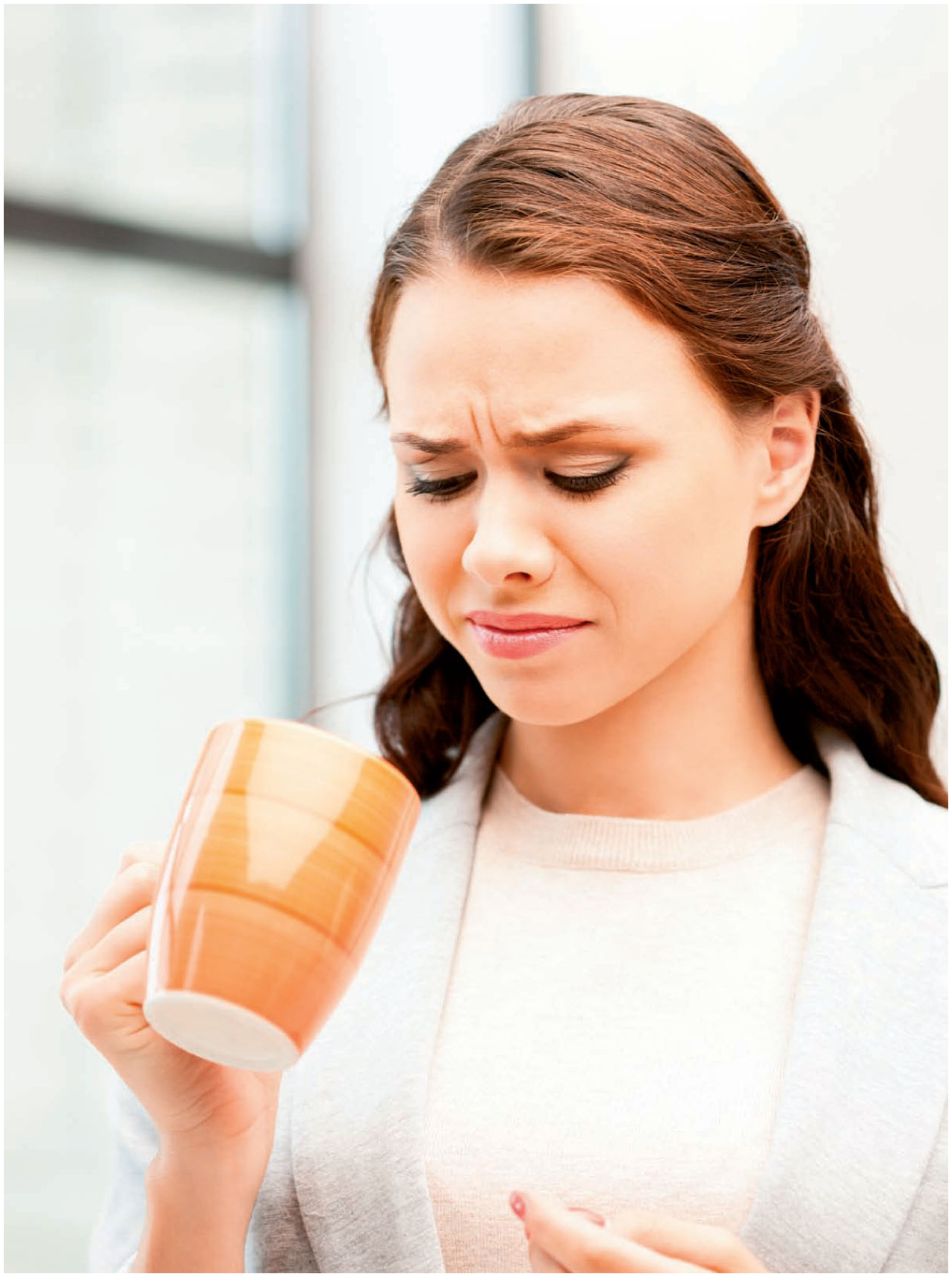 Claims in the Product Recall segment tend tobe substantial, as the dollar losses—especially in the food &beverage industry—are typically large and the repercussionsextreme, experts say.
Claims in the Product Recall segment tend tobe substantial, as the dollar losses—especially in the food &beverage industry—are typically large and the repercussionsextreme, experts say.
“We're not looking necessarily at frequency,” says BernieSteves, managing director of Aon Risk Solutions' Crisis ManagementGroup. “We're looking at severity.”
|Most large food & beverage companies are looking to insureagainst potential Product Recall or Product Contamination lossesthat could range from $5 million to $20 million on a single claim,he notes.
|“There's a unique claims-adjusting challenge when you get intoproduct contamination,” says Steves. This area, he explains,requires specialist handling by a claims adjustor trained incrisis-management claims. “It's not your typical claims-adjustmentprocess.”
|Claims can include loss of profit covering the 12-month periodafter the recall incident. In such cases, the claims adjustorswould need to know the brand-in-question's profits prior to theincident; projected profits; and the actual profits. Theproduct-recall policy would offset the dollar difference of thethree, provided that the company filing the claim can demonstratethat its projections were reasonable. The company must also showproof of the rehabilitation costs it incurred while trying tomitigate losses.
|In Chicago, Louis Roi, executive vice president and managingdirector of the Food & Risk Practice at Arthur J. GallagherRisk Management Services, says he has never seen “real frequency”in Product Recall claims. The defining factor of food claims today,he says, is cost.
| “I have seen seven-figure claims paid. I neversaw that before,” he relates. “Some of it [was] pertaining toSalmonella incidents, where the government will shut you down.”
“I have seen seven-figure claims paid. I neversaw that before,” he relates. “Some of it [was] pertaining toSalmonella incidents, where the government will shut you down.”
AJG's food claims are more often for accidental contamination,and much less often for malicious activity, Roi adds.
|Ian Harrison, a partner with Lockton LLP in London, says boththe number of insured losses and recalls have grown throughout theProduct Recall segment.
|Harrison, global leader for the brokerage's Product Recallpractice, says a even a slight increase in claims frequency meansbigger overall losses, and “there seems to be growth in the amountof product having to be recalled.”
Additionally, more recalls or claims puts increased pressure onthe segment, as Product Recall claims are high-profile by nature,he says.
|“When something goes wrong, it tends to be headline stuff—a bigclaim—and it's fairly instantaneous,” Harrison says. “You seem toknow about a recall very quickly.”
|A Food Contamination claim under Product Recall could becomemajor news very quickly if the general public ingests bacteria fromfood and becomes ill, Harrison says. It's a much bigger news eventcompared to a Product Liability claim, which might not come tolight for some time.
|In the latter cases, “The product you've produced might notstart to deteriorate for a number of years, so you can have sometail to that,” Harrison says.
| Liberty International Underwriters has seen aslight increase in claims frequency and in volume, in both food andnon-food manufacturing, says Lou Lubrano, senior vice president ofLIU's Global Crisis Management division in New York.
Liberty International Underwriters has seen aslight increase in claims frequency and in volume, in both food andnon-food manufacturing, says Lou Lubrano, senior vice president ofLIU's Global Crisis Management division in New York.
The company writes first-party Product Recall policies, so allclaims come directly from the insured as losses sustained, he says.The recall claims are somewhat specific.
|“On the food side, it's commodities: stuff like spices andpeanut butter,” says Lubrano. “And on the hard-goods side, there'sa modest increase in bikes and sports equipment—a slight increasein frequency.”
|The average claim size in LIU's Product Recall space hasn'tchanged significantly, “but the number of claims has increasedslightly,” he says. The carrier's claims costs, he says, remainflat, however.
| Increasingly sophisticated in-house safetyprocedures in the Food & Beverage industry are preventing someproduct problems from becoming serious claims at all, says MarkColgate, head of product recall for independent broker R.K.Harrison.
Increasingly sophisticated in-house safetyprocedures in the Food & Beverage industry are preventing someproduct problems from becoming serious claims at all, says MarkColgate, head of product recall for independent broker R.K.Harrison.
While the brokerage has “a number” of Product Recall claims,many of those incidents do not necessarily result in a seriousloss, says Colgate. A food manufacturer might catch a problembefore it reaches the public's attention, for example, or anincident may turn out to be less severe than was initiallyfeared.
|“Maybe the client catches it before it gets out of theirfactory,” he suggests. “Or they test it and find somecontamination.”
|In which case, the product never leaves the warehouse, and theFood Contamination policy kicks in instead.
Want to continue reading?
Become a Free PropertyCasualty360 Digital Reader
Your access to unlimited PropertyCasualty360 content isn’t changing.
Once you are an ALM digital member, you’ll receive:
- All PropertyCasualty360.com news coverage, best practices, and in-depth analysis.
- Educational webcasts, resources from industry leaders, and informative newsletters.
- Other award-winning websites including BenefitsPRO.com and ThinkAdvisor.com.
Already have an account? Sign In
© 2024 ALM Global, LLC, All Rights Reserved. Request academic re-use from www.copyright.com. All other uses, submit a request to [email protected]. For more information visit Asset & Logo Licensing.








